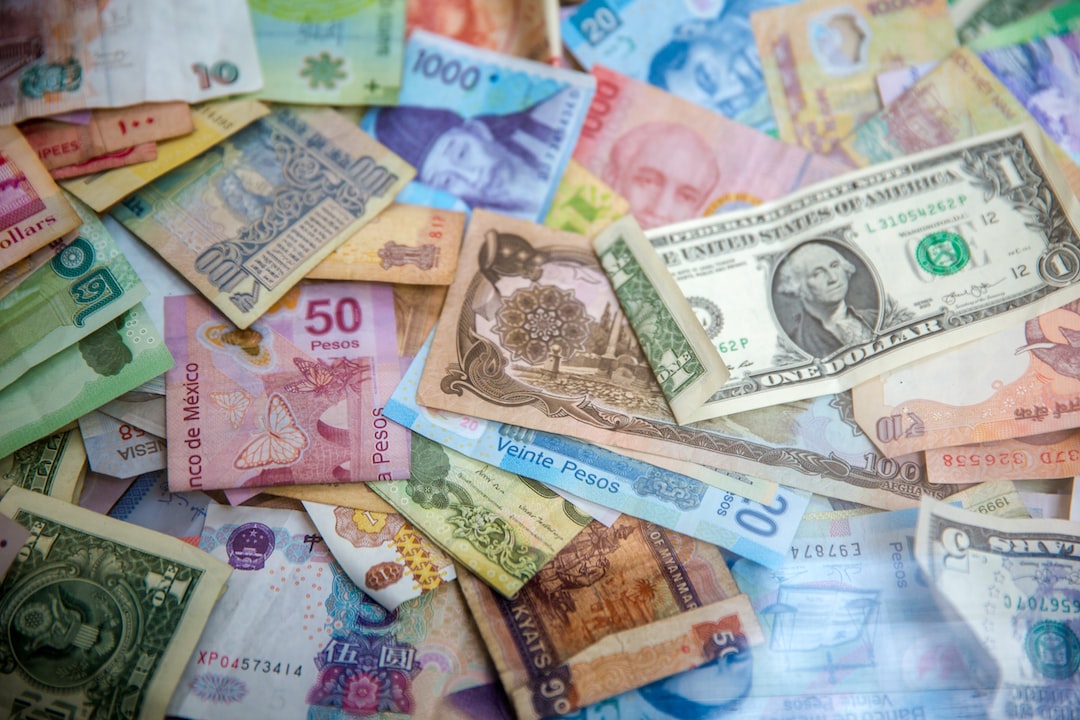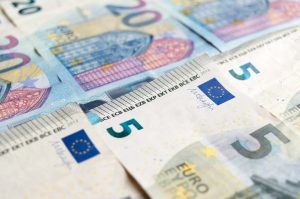Forex, short for foreign exchange, is the exchange of one currency for another. It is the largest financial market in the world, with a daily trading volume of over $5 trillion. Forex trading is an attractive investment opportunity for many, with the potential for high returns. However, like any other investment, forex trading has its risks, and one of the biggest risks is bias.
Bias refers to the tendency to favor one thing over another. In forex trading, bias can be caused by various factors, including emotions, beliefs, and external influences. Bias can lead to irrational decisions, which can result in losses.
There are several types of bias that can affect forex trading. These include confirmation bias, overconfidence bias, and anchoring bias.
Confirmation bias is the tendency to search for information that supports one’s existing beliefs and ignore information that contradicts them. In forex trading, this can lead to traders only looking for information that confirms their bias and ignoring information that could be valuable in making informed decisions.
Overconfidence bias is the tendency to overestimate one’s abilities and underestimate the risks involved. In forex trading, this can lead to traders taking on too much risk and making trades without proper analysis.
Anchoring bias is the tendency to rely too heavily on the first piece of information received when making decisions. In forex trading, this can lead to traders making decisions based on outdated or irrelevant information.
Bias can also be influenced by external factors, such as news events and market trends. For example, a trader may have a bias towards a particular currency based on recent news events or market trends, which can cloud their judgment and lead to poor decision-making.
To avoid bias in forex trading, it is important to remain objective and make decisions based on sound analysis and research. Traders should also be aware of their emotions and biases and work to manage them. This can involve keeping a trading journal to track decisions and emotions, seeking feedback from other traders, and taking breaks from trading to avoid burnout.
In addition, traders can use technical analysis and fundamental analysis to make informed decisions. Technical analysis involves analyzing charts and patterns to identify trading opportunities, while fundamental analysis involves analyzing economic and political events to determine the value of currencies.
Traders can also use risk management strategies, such as stop-loss orders and position sizing, to limit losses and manage risk.
In conclusion, bias is a significant risk in forex trading that can lead to poor decision-making and losses. To avoid bias, traders should remain objective, manage their emotions and biases, and use sound analysis and research to make informed decisions. Risk management strategies can also help to limit losses and manage risk. By following these principles, traders can increase their chances of success in the forex market.





